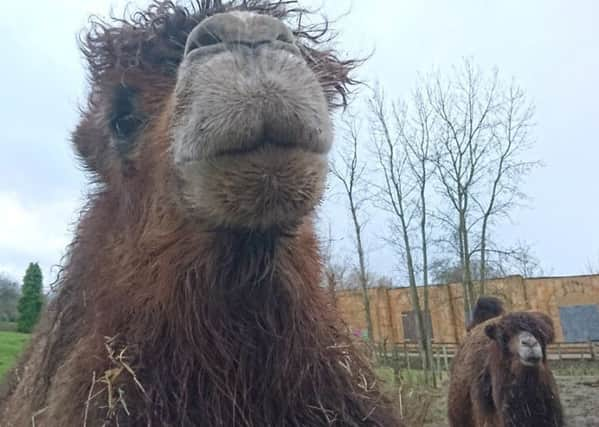View from the Zoo: Bactrian camel numbers are on the decrease


Bactrian camels are critically endangered animals found in the Gobi desert in Asia.
Despite there being numerous domesticated camels, the Bactrian camel population is less than 1,000, with around 600 individuals in China and 350 in Mongolia.
Advertisement
Hide AdAdvertisement
Hide AdUnfortunately the population numbers are decreasing due to several threats. Camels are hunted for their meat by local nearby residents. Droughts can affect the camels due to a decrease in water pools making it harder for them to find sources of water.
Along with the pools that remain Bactrian camels also have to contend with predatory animals such as wolves as well. Their habitat is also being invaded by farmers and their livestock.
Conservation efforts in Mongolia and China are in place to protect these camels in their natural habitat however breeding programmes within zoos are also extremely important to maintain the population numbers.
Female camels only give birth around every two years, with the pregnancy lasting between 12 and 14 months, so their reproductive rate is fairly slow which makes it difficult for them to recover from the extremely low population numbers.
Advertisement
Hide AdAdvertisement
Hide AdDespite the camels living in such a harsh environment, and facing lots of threats, they are very well adapted to their habitat.
The camels have very long eyelashes and they are able to close their nostrils to prevent sand from blowing into them. They have fat in their humps which they are able to break down into water and energy if they’re struggling to find natural water sources. Camels also have large feet which help to spread their weight whilst walking through the sand dunes in the desert.